Introduction to Retrieval Tool
Retrieval Tool is a specialized device engineered to safely handle and manipulate equipment in environments where direct interaction could be hazardous. These tools range from basic mechanical grabbers to advanced systems like the Retriever & Service Valve System, each customized to suit the specific requirements of the environment and task at hand, thereby enhancing safety and operational efficiency.
Understanding Retrieval Tool
Retrieval tools are crucial in various industries, including oil and gas, chemical processing, and utilities, improving safety and operational continuity. They enable workers to manage hazardous or hard-to-reach items remotely, which is vital for protecting employees and minimizing disruptions in service, thus avoiding expensive operational downtimes.
Key Functions and Applications in Different Settings
Retrieval tools are primarily useful in accessing and manipulating objects in areas that are either hazardous or difficult to reach. In the oil and gas sector, systems like the Retriever & Service Valve are vital for handling monitoring instruments under high pressure. These tools facilitate sampling, pressure measuring, and chemical injections without stopping operations. In power plants, retrieval tools are crucial for servicing and inspecting components in extreme conditions. They protect workers from direct exposure to extreme temperatures and pressures. In pharmaceuticals, these tools are essential for contamination-free handling of sensitive materials. Each application demonstrates the utility and safety importance of retrieval tools in maintaining operational fluidity.
Types of Retrieval Tools
Mechanical retrievers, including grabbers and claws, operate through manual or semi-automatic mechanisms. They are typically controlled by hand, with operators using triggers or handles to activate the tool’s grabbing function. These tools excel in precision tasks like electronic repairs, handling delicate components indirectly. Mechanics use them to access tight spots in engine bays, retrieving small parts. Their main advantage is simplicity and reliability; they operate without a power source, ensuring constant readiness and dependability.
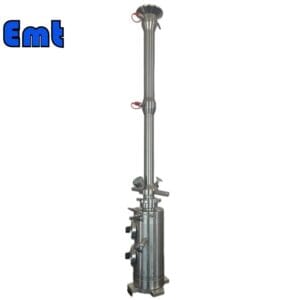
Hydraulic Retrievers
Hydraulic Retrieval Tool use fluid power to facilitate movement and generate force, magnifying the user’s input to produce a stronger output. This system translates the force applied on a handle into hydraulic pressure, which then drives the retrieval mechanism. Such tools are especially useful in the automotive repair industry for extracting stubborn or heavy parts like engines and transmissions. They are also crucial in construction for moving or adjusting large materials and performing tasks that exceed the capacity of manual labor. Hydraulic systems not only boost efficiency but also promote safety by lessening the physical burden on workers and reducing injury risks.
Both mechanical and hydraulic retrievers offer distinct advantages tailored to their specific applications. Whether it’s the precision handling and ease of use provided by mechanical models or the enhanced power and safety features of hydraulic ones, these tools are indispensable for ensuring both operational effectiveness and safety across various industries. Each type brings unique benefits, making them essential tools in their respective areas of use.


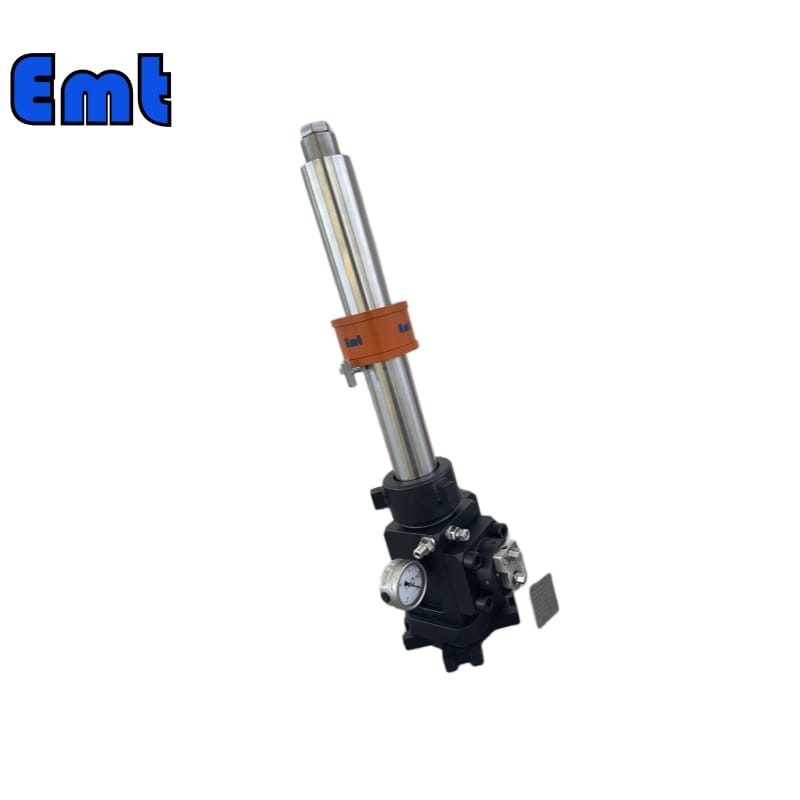
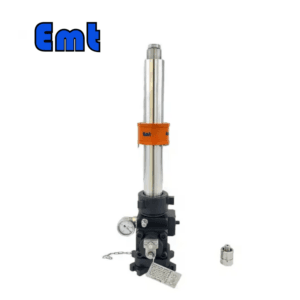
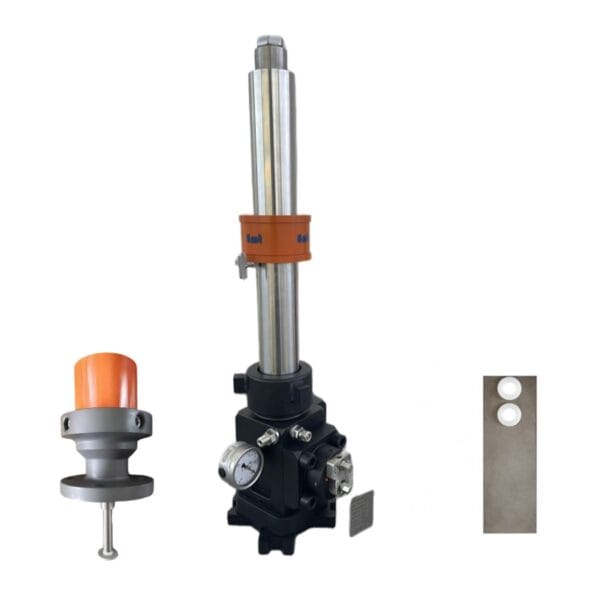
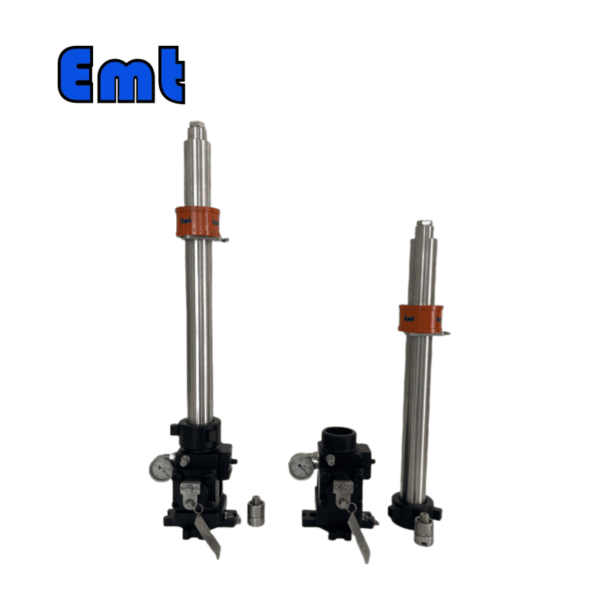
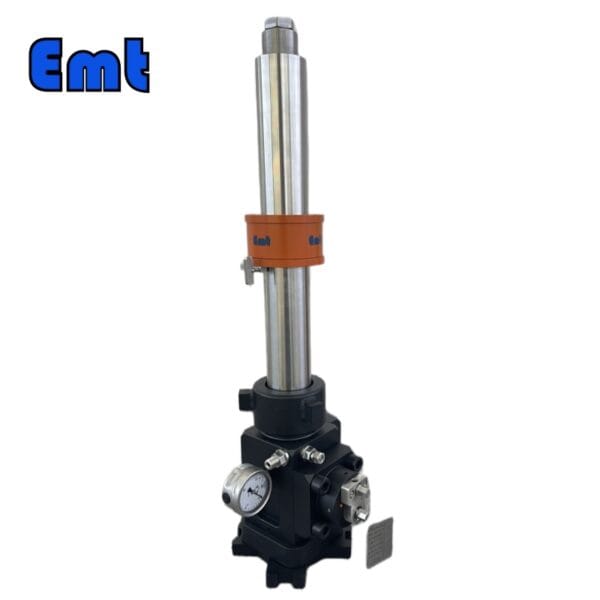
There are no reviews yet.